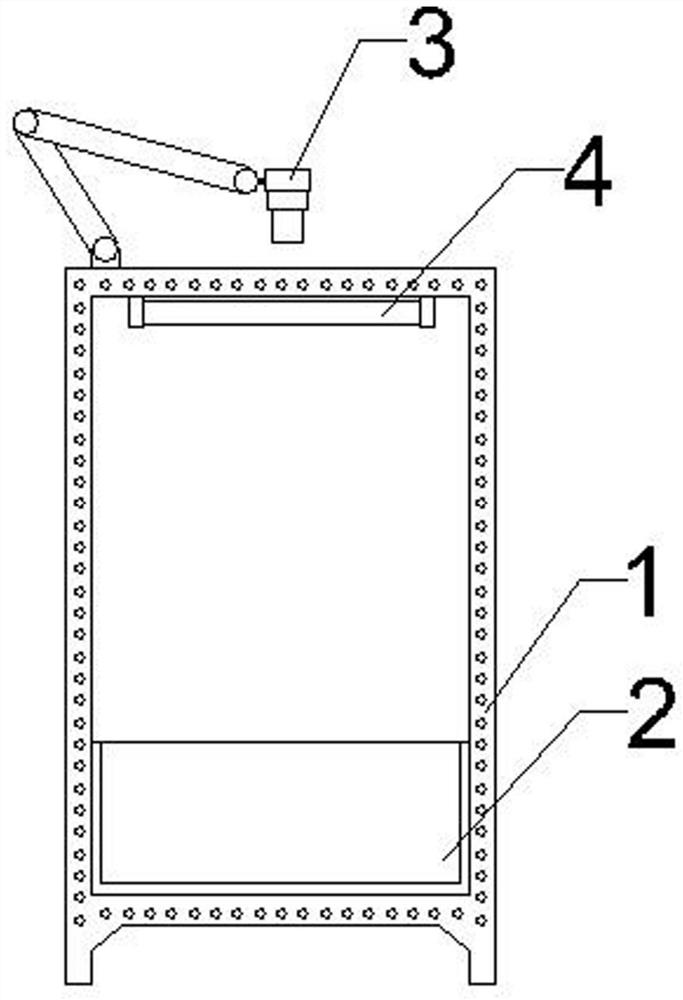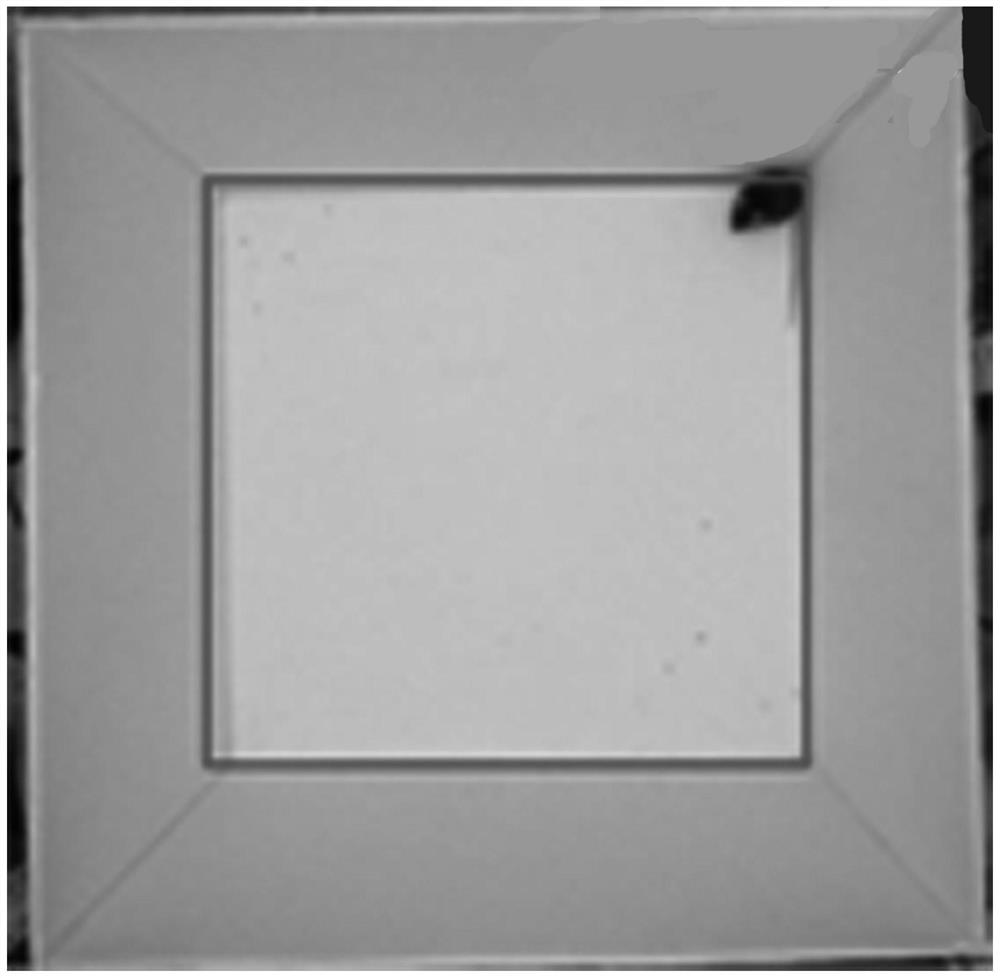A method for analyzing the movement behavior of mice in open field experiments based on key point detection
A behavior analysis and key point technology, applied in image analysis, neural learning methods, image enhancement, etc., can solve problems such as difficult development and poor generalization ability, and achieve strong anti-interference ability, strong robustness, and fine behavior. The effect of analytical tools
- Summary
- Abstract
- Description
- Claims
- Application Information
AI Technical Summary
Problems solved by technology
Method used
Image
Examples
Embodiment 1
[0073] A method for analyzing the motor behavior of mice in the open field experiment based on key point detection, such as figure 1 shown, including:
[0074] (a) Collect experimental video and determine the experimental area;
[0075] (b) The mouse key point detection model based on convolutional neural network detects the mouse's nose tip, left ear, right ear and tail root in the video image, and returns the key point coordinates;
[0076] (c) Calculate the movement distance of key points between adjacent frames, and filter out abnormal key points with a distance threshold;
[0077] (d) Clean the coordinates of key points, use Kalman filtering to predict the trajectory, and eliminate the influence of measurement errors;
[0078] (e) Determine the movement parameters in the mouse open field experiment from the calculated coordinates of the key points, and generate relevant graphic reports.
[0079] In the step (a), as figure 2 As shown in the figure, the camera 3 is use...
Embodiment 2
[0091] The difference between this embodiment and Embodiment 1: in step (a), the experimental video is collected, and the method for determining the experimental area is:
[0092] (a1) The camera 3 used is a USB zoom camera. The size of the captured image is 640*480 and the frame rate is 30. The camera 3 is installed on the upper part of the bracket 1 and is about 70cm away from the bottom of the open field experiment box 2. During the experiment, adjust the focal length of the camera 3 by adjusting the focal length of the camera 3. Align the square box in the image to the bottom of the open field experiment box 2 to determine the experimental area.
[0093] (a2) The size of the open field experiment box 2 used is 45*45*40cm, and the background color is white and light gray with high contrast with the mouse body color. During the experiment, the experimental equipment is placed in a dark and quiet environment, and warm colors are used to make up Lights 4 provide illumination. ...
Embodiment 3
[0096] The difference between this embodiment and Embodiment 1: refer to Figure 4-5 , in step (b), key point detection is performed on the video collected in step (a), and the key point detection model based on convolutional neural network has the following characteristics:
[0097] (1) The input of the mouse keypoint detection model is 640*480, the backbone network is a residual network with 5 residual blocks, the residual network is used for feature extraction and data dimensionality reduction, and the image is downsampled after the residual network 16 times output 40*30*2048 feature map, then use transposed convolution to increase the resolution, perform 4 times upsampling, and output 80*60*12 feature map, which are used for category prediction and coordinate offset respectively.
[0098] (2) The mouse keypoint detection model uses atrous convolution to expand the receptive field of the network and fuse multi-scale information. In the block4 module of the residual module,...
PUM
 Login to View More
Login to View More Abstract
Description
Claims
Application Information
 Login to View More
Login to View More - R&D
- Intellectual Property
- Life Sciences
- Materials
- Tech Scout
- Unparalleled Data Quality
- Higher Quality Content
- 60% Fewer Hallucinations
Browse by: Latest US Patents, China's latest patents, Technical Efficacy Thesaurus, Application Domain, Technology Topic, Popular Technical Reports.
© 2025 PatSnap. All rights reserved.Legal|Privacy policy|Modern Slavery Act Transparency Statement|Sitemap|About US| Contact US: help@patsnap.com



